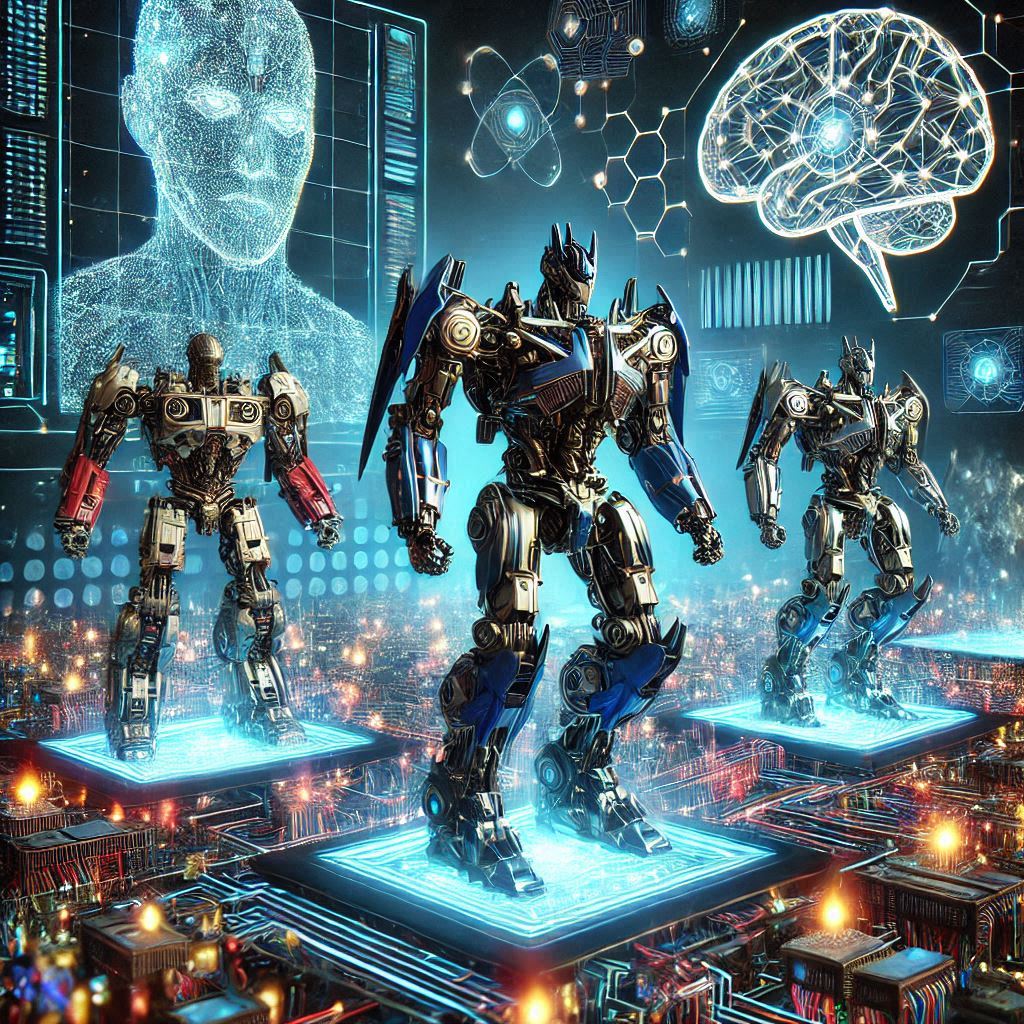Artificial Intelligence meets Biometrics. AI is gradually overtaking basic activities in everyday life. One such activity is our security. It is, without a doubt, crystal clear that Biometrics have become our de facto security measure as they are considered a vast improvement from the previously traditional methods of easily hackable or strenuously forgotten passwords. Biometrics defines the accurate distinctiveness between humans using fingerprints, iris structure, voice patterns, and facial recognition. Here, we will be looking at how AI algorithms, like Deep Neural Networks (DNN), has improved the Biometrics Industry.

AI and Hackers
It is no secret that systems often reliant on DNNs often face fraudulent attacks. This often occurs during the testing and training of the AI-enabled biometric systems. This training requires a clumsy amount of data to evaluate its performance based on correctly matched results. Hackers, devilish as they are, may target this training process by inserting “loopholes” that function variably into the data. Either to degrade the systems overall performance, or to, more disturbingly, insert backdoors that are meant to be accessed later on to impersonate profiles of individuals. However, AI can be wielded for defense just as well. By spotting this attacks, AI efficiently assesses the data and extracts these malicious inputs thereby saving the day, before it even dawns for Biometrics.
AI and Decision-making
False acceptance and rejection rates are two basic errors in every biometric system. The former occurs when the system incorrectly matches an input to a data, while in the latter, the systems fails to match an input to the correct data. This may be as a result of various reasons, mostly between the period of biometric enrolment and recognition stages due to aging, injury or medical condition and so on. How then do we tackle this problem? This is where AI comes to play. AI can help reduce the occurrence of the error and speed up decision-making in the process. AI is a learning model and possesses algorithms like DNNs which allow for independent and adaptive functioning. This ensures regular maintenance of the system to optimize performance.
AI and Spoofing
Another vulnerability of the Biometric system is its helplessness against compromised data. This is commonly called Spoofing. It involves sham artefacts of an original biometric characteristics, or even the real one except – dead. As computer vision works different from the human eyes, spoofing can most times work. This is where AI-powered liveness detection comes into play, which protects the integrity of a biometric data using both ID and liveness feature. Cool right, but that’s not all. The AI can concurrently complete hundreds of forensic check permutations in a matter of seconds.
Deeper with AI
Biometrics is already a familiar sight in popular technology, from your smartphones to your laptops. Everyday life is increasingly exploiting its capabilities. You have heard of fingerprint, iris, face and voice sensors. Now here comes DNA biometrics. With its vast storage and analyses of data, AI is able to support biometric validation. It can go as far as to verity a person’s identity based on their physiological and behavioral traits, meaning it can recognize just by looking at you, which is almost as far as a regular human can do.
Conclusion
Artificial intelligence has many applications in biometrics and has boosted the industry from a meek $43bn in 2022 to a staggering $83bn in 2027. With online fraud on the rise, businesses have found it critical to mitigate any potential adversity that may arise. AI-powered biometrics is leading the charge in the growing fight against Identity Fraud. Previously, with bots capable of 100 billion password combinations per second, biometrics identification dominated. Now it dominates with AI.


